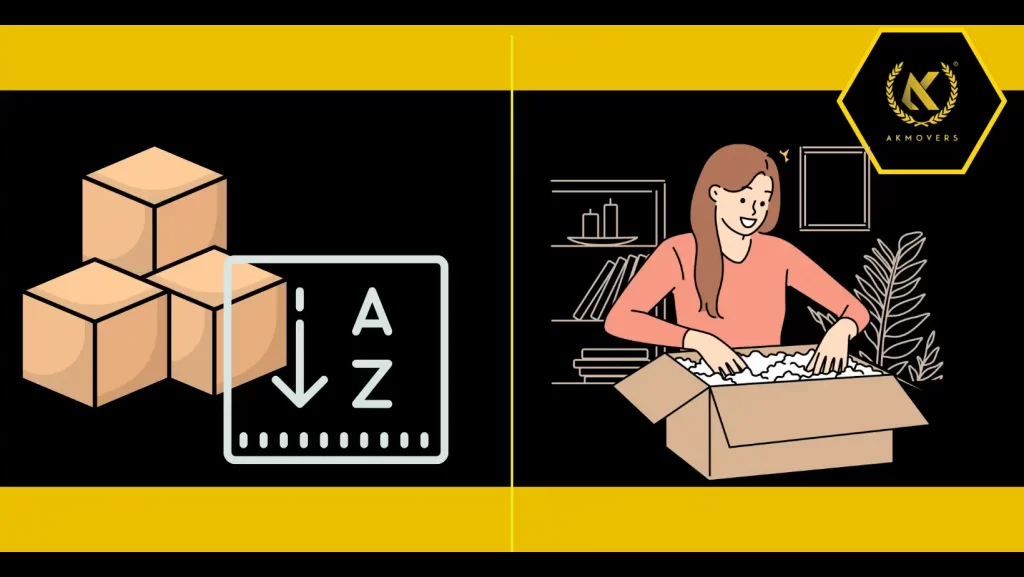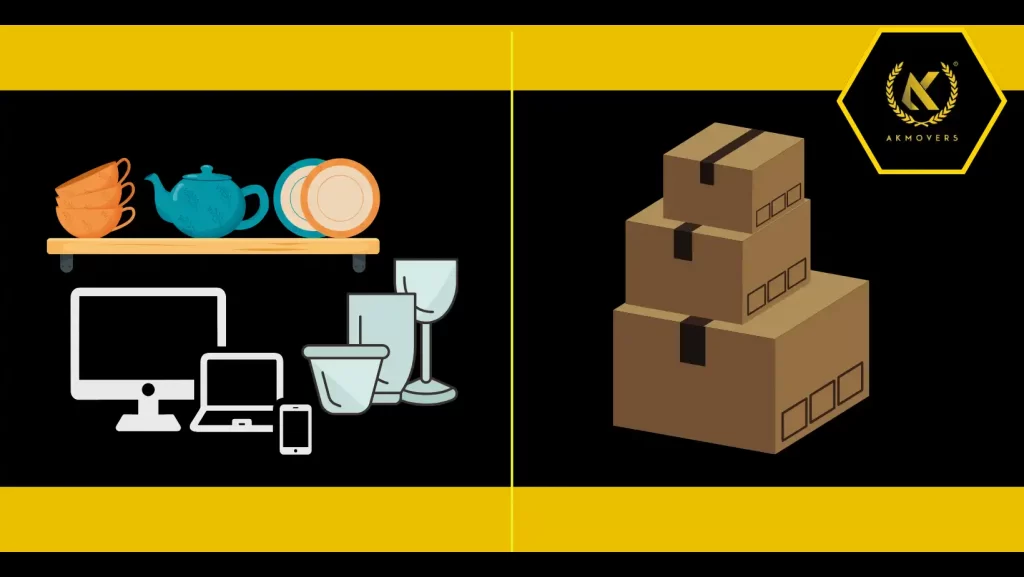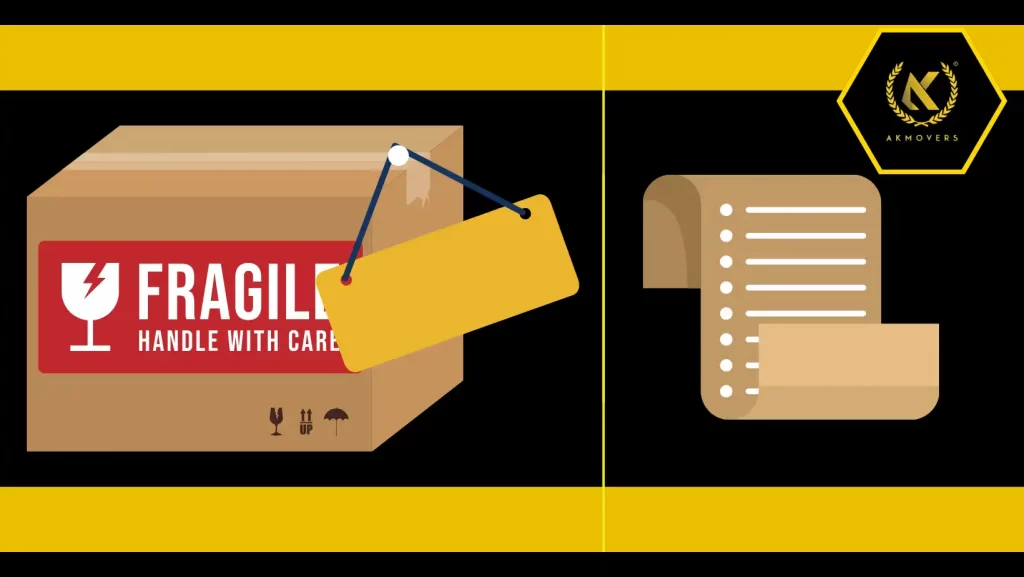Moving to a new home can be an exciting adventure, but it often comes with the daunting task of packing up all your belongings. While larger items like furniture may seem straightforward to pack, it’s the loose items scattered around your home that can present a challenge. From fragile knick-knacks to everyday essentials, ensuring these loose items are properly packed and protected is crucial for a smooth transition
1. Get organized for packing by gathering your items first

Before diving into the packing process, it’s crucial to get organized by gathering all the items you plan to pack. Take a walkthrough of your home, room by room, and identify the loose items that need to be packed. This proactive approach will help ensure that nothing is overlooked during the packing process. Once you’ve identified the items you need to pack, it’s time to gather all the necessary packing supplies. Stock up on sturdy cardboard boxes in various sizes to accommodate different types of items. Make sure to have an ample supply of packing tape to securely seal the boxes and prevent them from opening during transit. Additionally, invest in bubble wrap to protect fragile items, wrapping paper to provide cushioning, and markers for labelling boxes. Having these materials on hand will not only streamline the packing process but also ensure that your items are adequately protected during transportation to your new home.
2. Sort and Organize Your Items One of the keys to successful packing is organization

Take the time to sort through your loose items and categorize them by room, size, fragility, or frequency of use. This will not only make packing more efficient but also simplify the unpacking process once you’ve reached your new home. Consider using separate boxes for each room to keep items organized and easily identifiable.
3. Master Proper Packing Techniques When it comes to packing loose items

It’s crucial to employ proper packing techniques to prevent damage during transportation. For fragile items such as glassware, ceramics, or electronics, wrap them individually in bubble wrap or packing paper and place them in sturdy boxes with ample cushioning. Heavy items should be packed at the bottom of boxes, with lighter items on top to prevent crushing.
4. Maximize Space Utilization Make

The most of your packing space by maximizing every inch of available room in your boxes. Pack smaller items inside larger ones to minimize wasted space and reduce the number of boxes needed. Utilize empty spaces within boxes by filling them with towels, linens, or clothing to provide additional padding and support for your belongings.
5. Label and Document As you pack each box

Be sure to label it clearly with its contents and the room it belongs to. This will make the unpacking process a breeze and help you locate essential items quickly once you’ve arrived at your new home. Consider creating an inventory list or using a color-coded labeling system to keep track of your belongings throughout the moving process.
